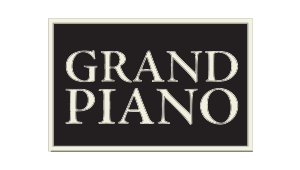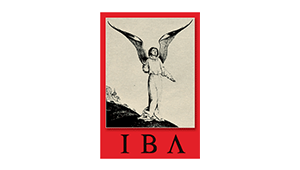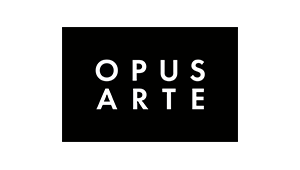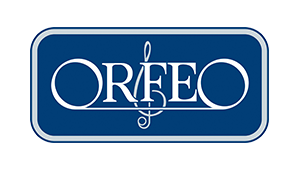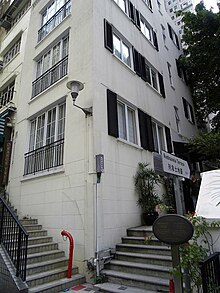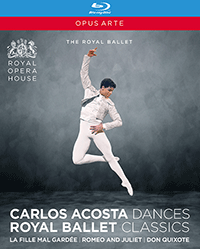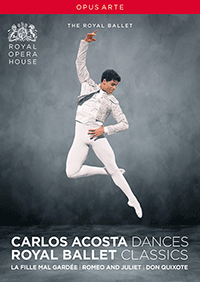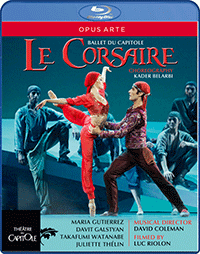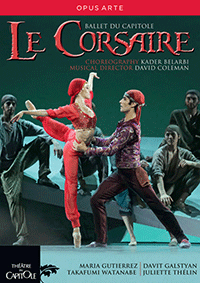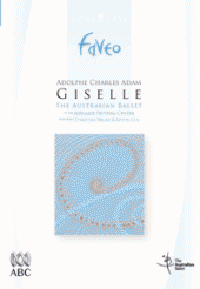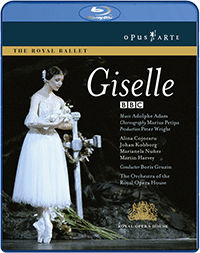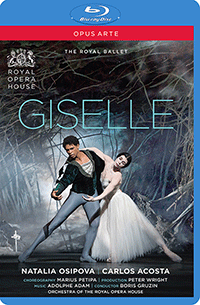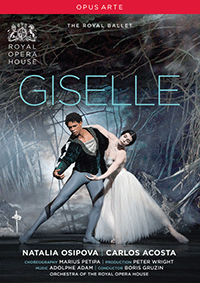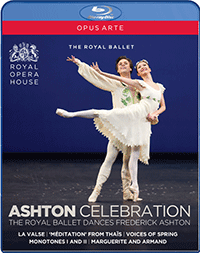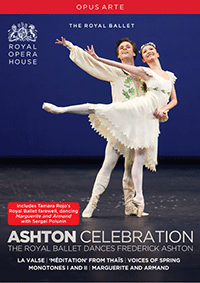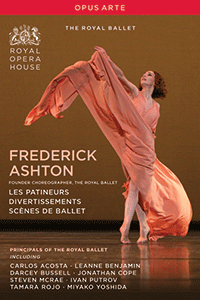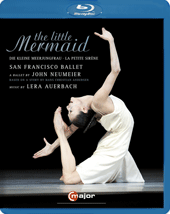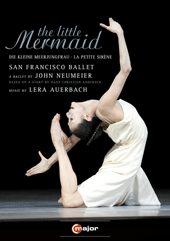Testing AudioVisual
José Rizal
|
José Rizal
|
|
|---|---|
 |
|
| Born |
José Protasio Rizal Mercado y Alonso Realonda[1]
June 19, 1861[2] |
| Died | December 30, 1896 (aged 35)[3] |
| Cause of death | Execution by firing squad |
| Monuments | Luneta Park, Manila, Calamba, Laguna, Daet, Camarines Norte, Carson, California |
| Other names | Pepe, Jose (nicknames)[4][5] |
| Alma mater | Ateneo Municipal de Manila (BA) Universidad Central de Madrid (MD) University of Santo Tomas |
| Organization | La Solidaridad, La Liga Filipina |
| Spouse(s) | Josephine Bracken (m.1896)[6] |
| Parents |
|
| Relatives | Saturnina Hidalgo (sister) Paciano Rizal (brother) Trinidad Rizal (sister) |
| Signature | |
José Protasio Rizal Mercado y Alonso Realonda[7] (Spanish pronunciation: [xo'se ri'sal]; June 19, 1861 – December 30, 1896) was a Filipino nationalist and polymath during the tail end of the Spanish colonial period of the Philippines. He is tagged as the national hero (pambansang bayani) of the Filipino people.[8] An ophthalmologist by profession, Rizal became a writer and a key member of the Filipino Propaganda Movement, which advocated political reforms for the colony under Spain.
He was executed by the Spanish colonial government for the crime of rebellion after the Philippine Revolution, inspired in part by his writings, broke out. Though he was not actively involved in its planning or conduct, he ultimately approved of its goals which eventually led to Philippine independence.
He is widely considered one of the greatest heroes of the Philippines and has been recommended to be so honored by an officially empaneled National Heroes Committee. However, no law, executive order or proclamation has been enacted or issued officially proclaiming any Filipino historical figure as a national hero.[9] He was the author of the novels Noli Me Tángere and El filibusterismo, and a number of poems and essays.[10][11]
Contents
- 1Early life
- 2Education
- 3Personal life, relationships and ventures
- 4In Brussels and Spain (1890–92)
- 5Return to Philippines (1892–96)
- 6Execution
- 7Works and writings
- 8Reactions after death
- 9Criticism and controversies
- 10Legacy and remembrance
- 11Rizal in popular culture
- 12See also
- 13Notes and references
- 14Sources
- 15Further reading
- 16External links
Early life

José Rizal was born in 1861 to Francisco Rizal Mercado y Alejandro and Teodora Alonso Realonda y Quintos in the town of Calamba in Laguna province. He had nine sisters and one brother. His parents were leaseholders of a hacienda and an accompanying rice farm by the Dominicans. Both their families had adopted the additional surnames of Rizal and Realonda in 1849, after Governor General Narciso Clavería y Zaldúa decreed the adoption of Spanish surnames among the Filipinos for census purposes (though they already had Spanish names).
Like many families in the Philippines, the Rizals were of mixed mestizo origin. José's patrilineal lineage could be traced back to Fujian in China through his father's ancestor Lam-Co, a Hokkien Chinese merchant who immigrated to the Philippines in the late 17th century.[12][13][note 1][14] Lam-Co traveled to Manila from Xiamen, China, possibly to avoid the famine or plague in his home district, and more probably to escape the Manchu invasion during the Transition from Ming to Qing. He finally decided to stay in the islands as a farmer. In 1697, to escape the bitter anti-Chinese prejudice that existed in the Philippines, he converted to Catholicism, changed his name to Domingo Mercado and married the daughter of Chinese friend Augustin Chin-co. On his mother's side, Rizal's ancestry included Chinese, Japanese and Tagalog blood. His mother's lineage can be traced to the affluent Florentina family of Chinese mestizo families originating in Baliuag, Bulacan.[15] He also had Spanish ancestry. Regina Ochoa, a grandmother of his mother, Teodora, had mixed Spanish, Chinese and Tagalog blood. His grandfather was a half Spaniard engineer named Lorenzo Alberto Alonzo.[16]
From an early age, José showed a precocious intellect. He learned the alphabet from his mother at 3, and could read and write at age 5.[13] Upon enrolling at the Ateneo Municipal de Manila, he dropped the last three names that made up his full name, on the advice of his brother, Paciano and the Mercado family, thus rendering his name as "José Protasio Rizal". Of this, he later wrote: "My family never paid much attention [to our second surname Rizal], but now I had to use it, thus giving me the appearance of an illegitimate child!"[17] This was to enable him to travel freely and disassociate him from his brother, who had gained notoriety with his earlier links to Filipino priests Mariano Gomez, Jose Burgos and Jacinto Zamora (popularly known as Gomburza) who had been accused and executed for treason.
Despite the name change, José, as "Rizal", soon distinguished himself in poetry writing contests, impressing his professors with his facility with Castilian and other foreign languages, and later, in writing essays that were critical of the Spanish historical accounts of the pre-colonial Philippine societies. Indeed, by 1891, the year he finished his El filibusterismo, this second surname had become so well known that, as he writes to another friend, "All my family now carry the name Rizal instead of Mercado because the name Rizal means persecution! Good! I too want to join them and be worthy of this family name..."[17]
Education
Rizal first studied under Justiniano Aquino Cruz in Biñan, Laguna, before he was sent to Manila.[18] As to his father's request, he took the entrance examination in Colegio de San Juan de Letran but he then enrolled at the Ateneo Municipal de Manila and graduated as one of the nine students in his class declared sobresaliente or outstanding. He continued his education at the Ateneo Municipal de Manila to obtain a land surveyor and assessor's degree, and at the same time at the University of Santo Tomas where he did take up a preparatory course in law and finished with a mark of excelente or excellent. He finished the course of Philosophy as a pre-law.[19] Upon learning that his mother was going blind, he decided to switch to medicine at the medical school of Santo Tomas specializing later in ophthalmology. He received his four-year practical training in medicine at Ospital de San Juan de Dios in Intramuros. In his last year at medical school, he received a mark of sobresaliente in courses of Patologia Medica (Medical Pathology), Patología Quirúrgica (Surgical Pathology) and Obstretics.
Rizal, known for being an intelligent student, had some difficulty in some subjects in medical school such as Física (Physics) and Patología General (General Pathology).[20] One of the causes is due to the evident discrimination of the Profesor to Filipino students.
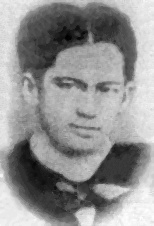
Without his parents' knowledge and consent, but secretly supported by his brother Paciano, he traveled alone to Madrid in May 1882 and studied medicine at the Universidad Central de Madrid where he earned the degree, Licentiate in Medicine. He also attended medical lectures at the University of Paris and the University of Heidelberg. In Berlin, he was inducted as a member of the Berlin Ethnological Society and the Berlin Anthropological Society under the patronage of the famous pathologist Rudolf Virchow. Following custom, he delivered an address in German in April 1887 before the Anthropological Society on the orthography and structure of the Tagalog language. He left Heidelberg a poem, "A las flores del Heidelberg", which was both an evocation and a prayer for the welfare of his native land and the unification of common values between East and West.
At Heidelberg, the 25-year-old Rizal completed in 1887 his eye specialization under the renowned professor, Otto Becker. There he used the newly invented ophthalmoscope (invented by Hermann von Helmholtz) to later operate on his own mother's eye. From Heidelberg, Rizal wrote his parents: "I spend half of the day in the study of German and the other half, in the diseases of the eye. Twice a week, I go to the bierbrauerie, or beerhall, to speak German with my student friends." He lived in a Karlstraße boarding house then moved to Ludwigsplatz. There, he met Reverend Karl Ullmer and stayed with them in Wilhelmsfeld, where he wrote the last few chapters of Noli Me Tángere.
Rizal was a polymath, skilled in both science and the arts. He painted, sketched, and made sculptures and woodcarving. He was a prolific poet, essayist, and novelist whose most famous works were his two novels, Noli Me Tángere and its sequel, El filibusterismo.[note 2] These social commentaries during the Spanish colonization of the country formed the nucleus of literature that inspired peaceful reformists and armed revolutionaries alike. Rizal was also a polyglot, conversant in twenty-two languages.[note 3][note 4][21][22]
Rizal's multifacetedness was described by his German friend, Dr. Adolf Bernhard Meyer, as "stupendous."[note 5] Documented studies show him to be a polymath with the ability to master various skills and subjects.[21][23][24] He was an ophthalmologist, sculptor, painter, educator, farmer, historian, playwright and journalist. Besides poetry and creative writing, he dabbled, with varying degrees of expertise, in architecture, cartography, economics, ethnology, anthropology, sociology, dramatics, martial arts, fencing and pistol shooting. He was also a Freemason, joining Acacia Lodge No. 9 during his time in Spain and becoming a Master Mason in 1884.[25]
Personal life, relationships and ventures
José Rizal's life is one of the most documented of 19th century Filipinos due to the vast and extensive records written by and about him.[26] Almost everything in his short life is recorded somewhere, being himself a regular diarist and prolific letter writer, much of the material having survived. His biographers, however, have faced difficulty in translating his writings because of Rizal's habit of switching from one language to another.
They drew largely from his travel diaries with their insights of a young Asian encountering the West for the first time. They included his later trips, home and back again to Europe through Japan and the United States,[27] and, finally, through his self-imposed exile in Hong Kong.
Shortly after he graduated from the Ateneo Municipal de Manila (now Ateneo de Manila University), Rizal (who was then 16 years old) and a friend, Mariano Katigbak, came to visit Rizal's maternal grandmother in Tondo, Manila. Mariano brought along his sister, Segunda Katigbak, a 14-year-old Batangueña from Lipa, Batangas. It was the first time they met and Rizal described Segunda as "rather short, with eyes that were eloquent and ardent at times and languid at others, rosy–cheeked, with an enchanting and provocative smile that revealed very beautiful teeth, and the air of a sylph; her entire self diffused a mysterious charm." His grandmother's guests were mostly college students and they knew that Rizal had skills in painting. They suggested that Rizal should make a portrait of Segunda. He complied reluctantly and made a pencil sketch of her. Unfortunately for Rizal who had referred to her as his first love in his memoir Memorias de un Estudiante de Manila, Katigbak was already engaged to Manuel Luz.[28]
From December 1891 to June 1892, Rizal lived with his family in Number 2 of Rednaxela Terrace, Mid-levels, Hong Kong Island. Rizal used 5 D'Aguilar Street, Central district, Hong Kong Island, as his ophthalmology clinic from 2 pm to 6 pm. This period of his life included his recorded affections of which nine were identified. They were Gertrude Beckett of Chalcot Crescent, Primrose Hill, Camden, London, wealthy and high-minded Nelly Boustead of the English and Iberian merchant family, last descendant of a noble Japanese family Seiko Usui (affectionately called O-Sei-san), his earlier friendship with Segunda Katigbak, Leonor Valenzuela, and eight-year romantic relationship with a distant cousin, Leonor Rivera (popularly thought to be the inspiration for the character of María Clara in Noli me tangere).
